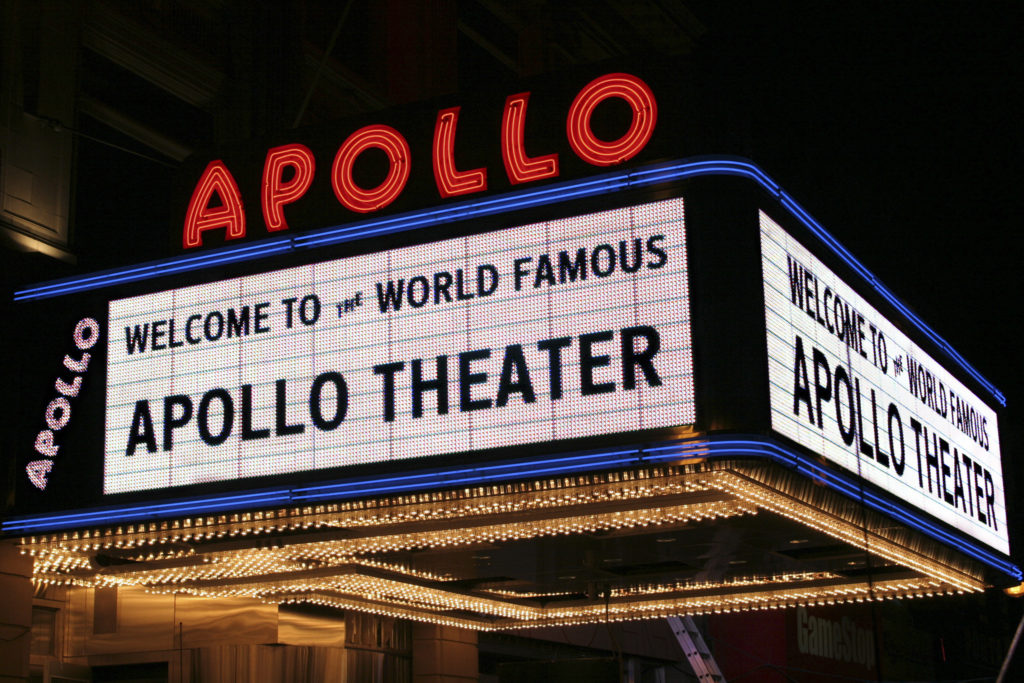The New York Landmarks Conservancy recognizes Juneteenth by celebrating the many contributions of African Americans to New York’s rich cultural legacy. The City is filled with a number of historic sites important to understanding the African American experience here. We encourage you to visit and discover these extraordinary sites for yourself.

- Abyssinian Baptist Church – 132 W. 138th Street in Harlem, the first African American Baptist congregation in New York
- Apollo Theater – 253 W. 125th Street, a symbol of the brilliance of American artistic accomplishment
- Astor Row – W. 130th Street, between Fifth and Lenox Avenues, one of Harlem’s most picturesque architectural landmarks
- Frederick Douglass Memorial Park – Oakwood, Staten Island, African American cemetery
- Hamilton Heights Historic District – In Upper Manhattan, consists of 192 rowhouses, apartment buildings, and churches built between about 1886 and 1931
- Louis Armstrong House – 34-56 107th Street in Queens, home of the legendary entertainer from 1943-1971 – Watch our video
- Sandy Ground – Rossville, Staten Island, settled in the 1840s by freed African American oystermen from Maryland
- Schomburg Center – 515 Malcolm X Boulevard, one of the world’s leading research facilities devoted to the preservation of materials on the global African and African diasporan experiences
- Strivers’ Row – located on both sides of W. 138th and W. 139th Streets between Adam Clayton Powell Jr. Boulevard and Frederick Douglass Boulevard in Harlem, home to Eubie Blake, W.C. Handy, and Bill “Bojangles” Robinson among others
- Stuyvesant Heights Historic District – boasts some of Brooklyn’s most handsome and historic brownstones and grand old apartment buildings
- Sugar Hill – National Historic District in the Harlem and Hamilton Heights neighborhoods of Manhattan, home to W.E.B. Du Bois, Thurgood Marshall, and Adam Clayton Powell, Jr.
- Weeksville Heritage Center – 158 Buffalo Avenue in Brooklyn, one of the few remaining sites of pre-Civil War African American communities – Watch our video
We are pleased that our financial and technical assistance programs have helped so many African American sites maintain their buildings and mission.
